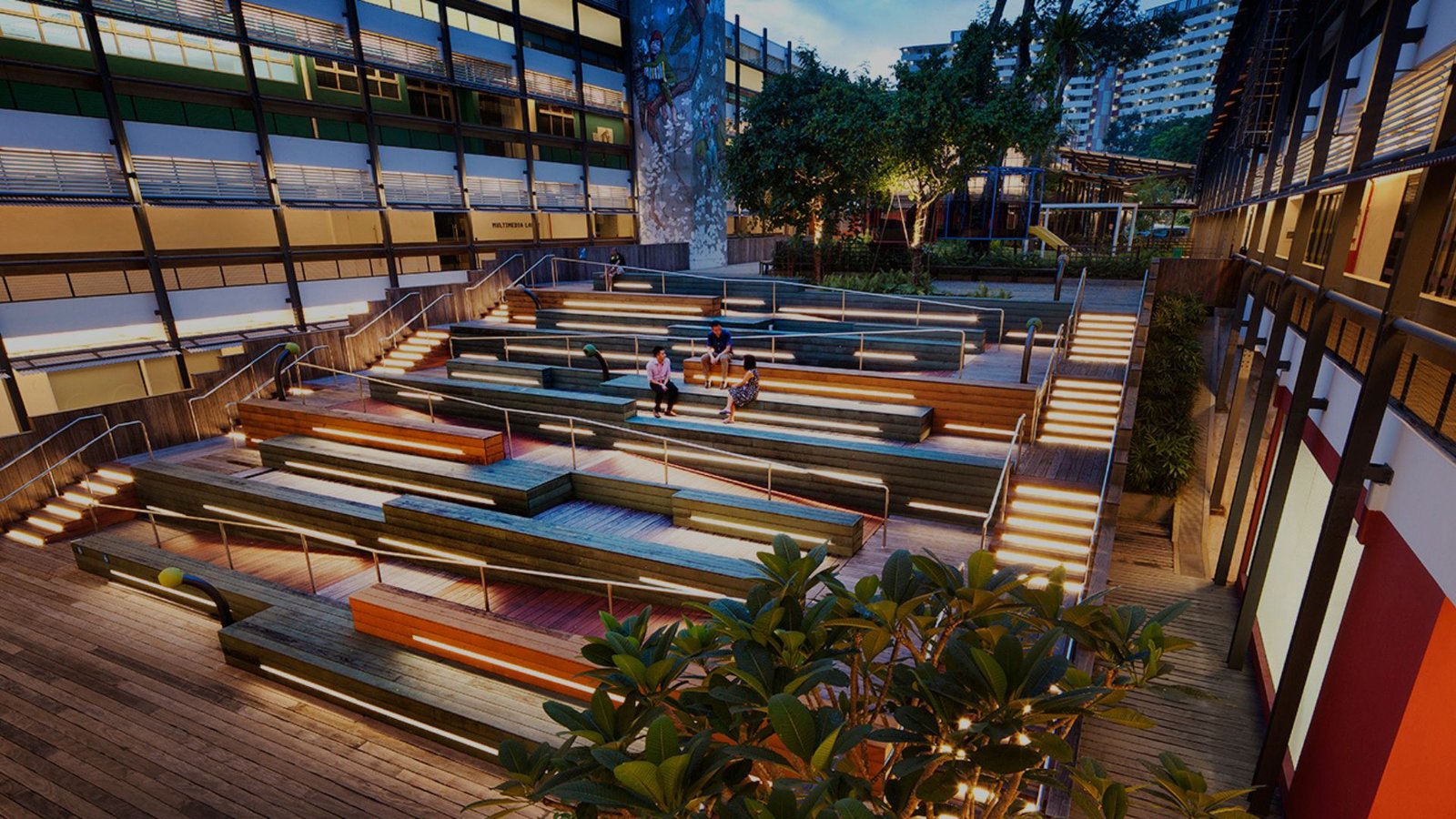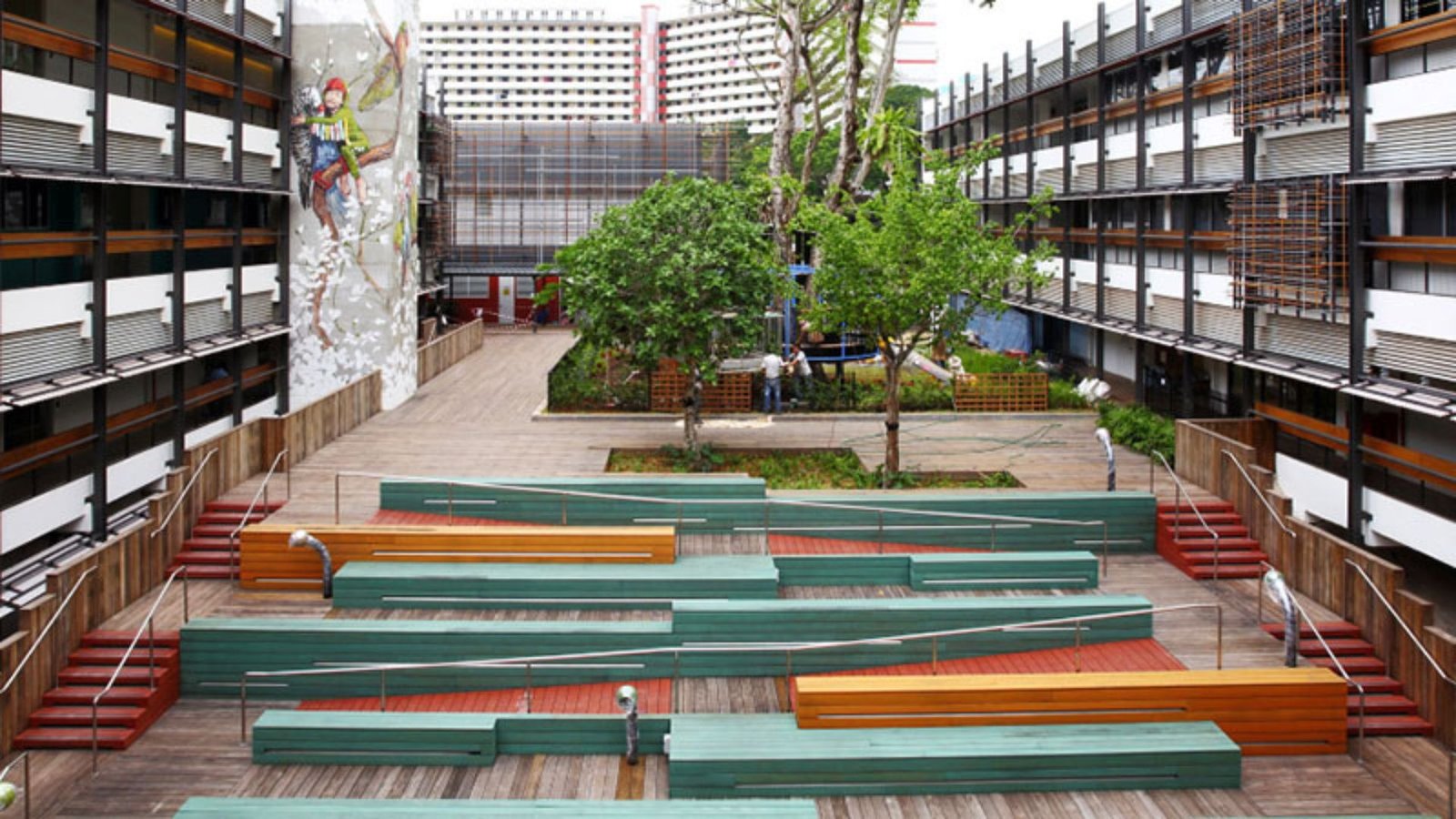Ways to Incorporate Universal Design Principles
Universal design principles are about creating spaces that are accessible and usable by people of all ages, abilities, and backgrounds. Whether you’re designing a home, workplace, or public facility, incorporating these principles ensures inclusivity and enhances the overall user experience. From thoughtful layout choices to innovative technologies, here are practical ways to integrate universal design principles into your projects.
Incorporating Universal Design Principles
Understanding Universal Design
Universal design aims to create environments that can be accessed, understood, and used to the greatest extent possible by all people, regardless of their abilities or disabilities. It promotes inclusivity and ensures that everyone can navigate and interact with spaces comfortably and independently.

Creating Accessible Entrances and Pathways
Start by ensuring that entrances are accessible to everyone. Install ramps or lifts where necessary to provide alternatives to stairs. Ensure pathways are wide enough for wheelchairs and strollers, and that surfaces are smooth and slip-resistant. Clear signage with high contrast and braille options can also aid in navigation.
Designing User-Friendly Layouts
Design layouts that are intuitive and easy to navigate. Avoid complex floor plans and excessive corridors. Arrange furniture and fixtures to allow for ample manoeuvring space. Consider ergonomic heights for countertops, tables, and desks to accommodate individuals of varying heights and abilities.
Incorporating Adaptive Technologies
Embrace technological innovations that enhance accessibility. For instance, install automated doors with motion sensors for ease of entry. Integrate voice-activated controls for lighting, temperature, and appliances. Smart technologies can significantly improve independence and convenience for all users.
Ensuring Accessible Restrooms and Facilities
Pay special attention to restroom design. Include accessible stalls with grab bars and adequate turning space for wheelchairs. Install sinks and mirrors at varying heights to accommodate users of different abilities. Ensure all facilities, from drinking fountains to seating areas, are easily accessible.
Prioritizing Safety and Comfort
The universal design emphasizes safety and comfort for all users. Choose non-slip flooring materials and ensure proper lighting throughout the space. Eliminate hazards such as sharp corners and obstacles in pathways. Consider sensory-friendly elements, like acoustics and lighting, to create a comfortable environment for individuals with sensory sensitivities.
Promoting Inclusivity Through Aesthetics
Consider the aesthetic appeal of your design while maintaining inclusivity. Use a variety of textures, colours, and materials that are visually appealing and tactilely stimulating. Create spaces that feel welcoming and inclusive to individuals of all backgrounds and preferences.
Educating and Training Stakeholders
Educate stakeholders, including architects, designers, builders, and facility managers, about the importance of universal design principles. Provide training on implementing these principles effectively in projects of all scales. Foster a culture that values inclusivity and accessibility in every aspect of design and construction.
Conclusion
In conclusion, integrating universal design principles into your projects is not only about meeting legal requirements but also about creating spaces that prioritize inclusivity, accessibility, and usability for all individuals. By understanding these principles, creating accessible entrances and pathways, designing user-friendly layouts, incorporating adaptive technologies, ensuring accessible facilities, prioritizing safety and comfort, promoting inclusivity through aesthetics, and educating stakeholders, you can contribute to building environments that enrich the lives of everyone who interacts with them.



